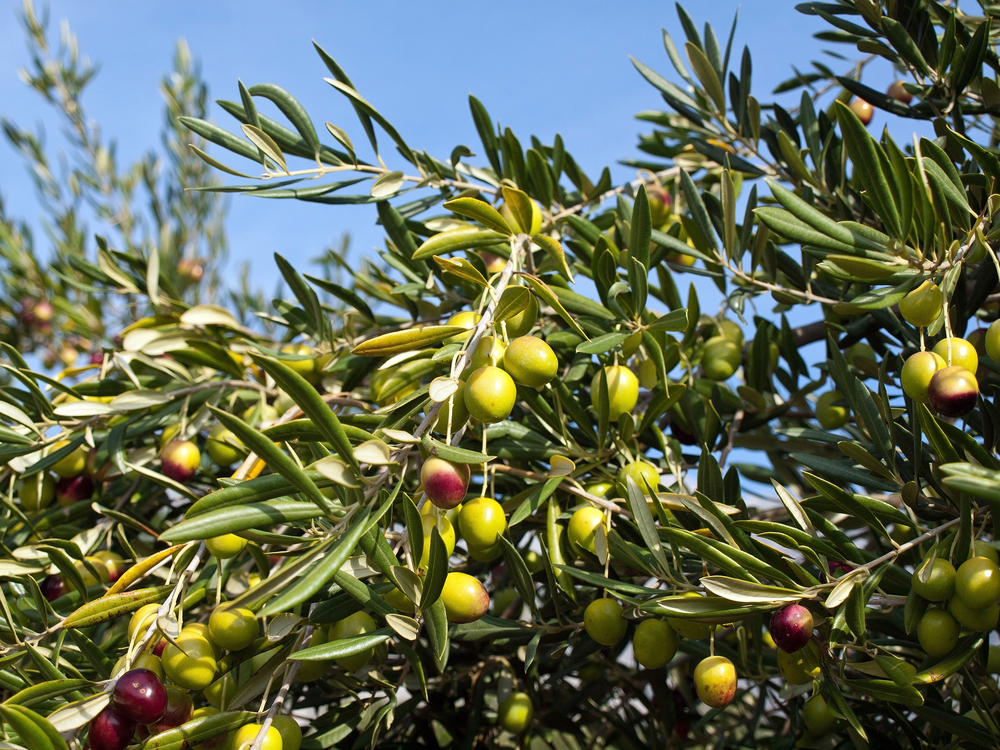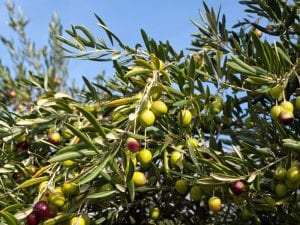The latest forecast from the U.S. Department of Agriculture’s National Agricultural Statistics Service demonstrates another tough year for California olive growers. The 2020 California table olive forecast is 30,000 tons. Tulare County olive farmer John Werner explained that it comes at a time when the industry has already been struggling over the past few years.
“Three years ago, we had a low year. Then last year we got hit really hard with some industry changes,” said Werner. “Now this year, while we did anticipate a slight dip in production as we go back into an off-year in our alternate bearing cycle, we got hit during the bloom season with some high temperatures and winds that really damaged our ability to set fruit this year. So, it’s feeling like three strikes and you’re out for California’s olive growers.”
Even though California olive growers were expecting the numbers to come down from last year the forecast is even lower than average for an off-year. The production figures show that 2020 is forecasted to be one of the worst years over the past decade, with 2011 and 2018 also being similarly disappointing. “When we get a substantially lower off-year it really drags us down. You couple that with, last year should have been an up for everyone, we didn’t get it. Now we’re really dragging down into an area into the red that makes me worry for my own farm and then for other farmers out there,” Werner noted.
INDUSTRY OUTLOOK: FROM BAD TO WORSE
While last year’s production of 89,400 tons should have provided some positive returns for growers, the cancellation of olive contracts was a substantial blow to the industry. Bell-Carter Foods canceled contracts on upwards of 4,500 acres of California olives last year. Some growers like Werner made some adjustments to their operations to help cut costs, but it still created substantial challenges for industry members. “It’s bad enough waiting to fight for the weather and then last year we had some manmade problems that make it really difficult,” said Werner.
Musco Family Olive Company stepped in to purchase as many olives as they could, but it still did not fill the void left by the canceled Bell-Carter contracts. Of the olives purchased, a significant amount were bought for considerably lower prices. Werner explained that many California olive growers have been pulling out trees because of negative trends in the industry. The substantial setbacks of the past few years have some industry members concerned about the future for olives being grown in California.
“There’s not a lot of us left anyway. I’m an average grower with ten acres. You would think that an average grower would be maybe 80 to 100 acres, that’s typical of some other commodities,” Werner explained. “Olives, it’s just a bunch of small guys left doing it and we’re just getting wiped out.”
Listen to Werner’s interview below.











